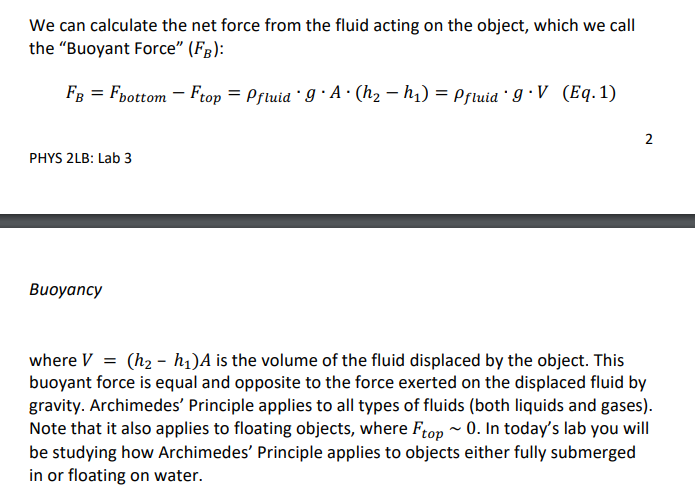Is the graph linear? Should it be? Why? Calculate what the value of the slope should be using your values from the above table in Eq. 1. Then perform a Linear Fit to your data in Excel. A box should appear indicating the slope of the graph. Record the slope in your notebook. Im confused with how to find the slope. 1st picture is the table where the values are 2nd picture is the equation 1
Is the graph linear? Should it be? Why? Calculate what the value of the slope should be using your values from the above table in Eq. 1. Then perform a Linear Fit to your data in Excel. A box should appear indicating the slope of the graph. Record the slope in your notebook. Im confused with how to find the slope. 1st picture is the table where the values are 2nd picture is the equation 1
Glencoe Physics: Principles and Problems, Student Edition
1st Edition
ISBN:9780078807213
Author:Paul W. Zitzewitz
Publisher:Paul W. Zitzewitz
Chapter2: Representing Motion
Section: Chapter Questions
Problem 79A
Related questions
Question
Is the graph linear? Should it be? Why? Calculate what the value of the
slope should be using your values from the above table in Eq. 1. Then
perform a Linear Fit to your data in Excel. A box should appear indicating
the slope of the graph. Record the slope in your notebook.
Im confused with how to find the slope.
1st picture is the table where the values are
2nd picture is the equation 1


Transcribed Image Text:We can calculate the net force from the fluid acting on the object, which we call
the "Buoyant Force" (F3):
FB = Fpottom - Ftop = Prtuia 9 · A · (hz – h,) = Prtuia I · V (Eq.1)
2
PHYS 2LB: Lab 3
Buoyancy
where V = (h2 - h1)A is the volume of the fluid displaced by the object. This
buoyant force is equal and opposite to the force exerted on the displaced fluid by
gravity. Archimedes' Principle applies to all types of fluids (both liquids and gases).
Note that it also applies to floating objects, where Frop ~ 0. In today's lab you will
be studying how Archimedes' Principle applies to objects either fully submerged
in or floating on water.
Expert Solution
This question has been solved!
Explore an expertly crafted, step-by-step solution for a thorough understanding of key concepts.
This is a popular solution!
Trending now
This is a popular solution!
Step by step
Solved in 4 steps with 1 images

Knowledge Booster
Learn more about
Need a deep-dive on the concept behind this application? Look no further. Learn more about this topic, physics and related others by exploring similar questions and additional content below.Recommended textbooks for you

Glencoe Physics: Principles and Problems, Student…
Physics
ISBN:
9780078807213
Author:
Paul W. Zitzewitz
Publisher:
Glencoe/McGraw-Hill

University Physics Volume 1
Physics
ISBN:
9781938168277
Author:
William Moebs, Samuel J. Ling, Jeff Sanny
Publisher:
OpenStax - Rice University

Glencoe Physics: Principles and Problems, Student…
Physics
ISBN:
9780078807213
Author:
Paul W. Zitzewitz
Publisher:
Glencoe/McGraw-Hill

University Physics Volume 1
Physics
ISBN:
9781938168277
Author:
William Moebs, Samuel J. Ling, Jeff Sanny
Publisher:
OpenStax - Rice University